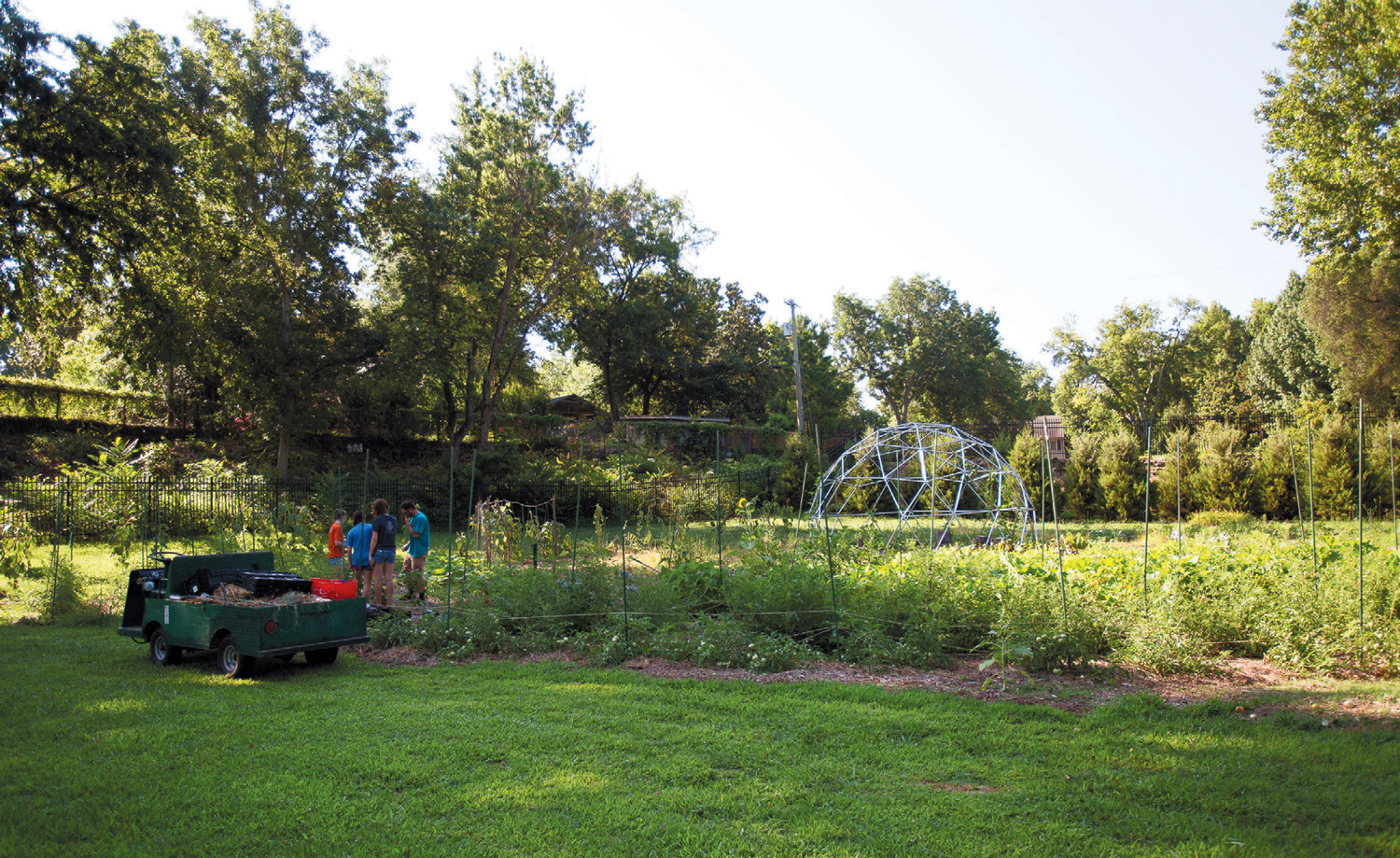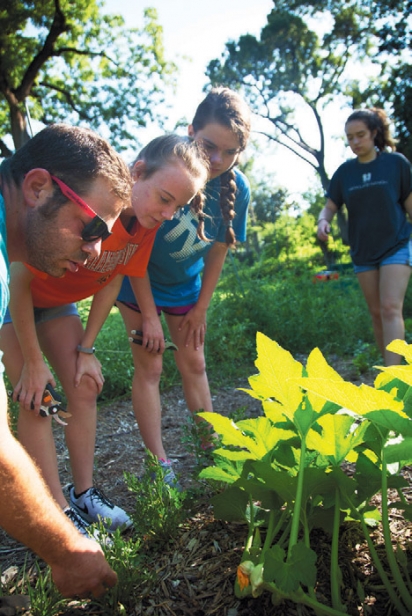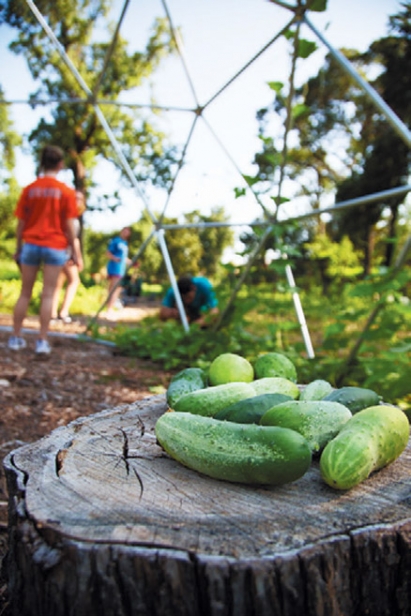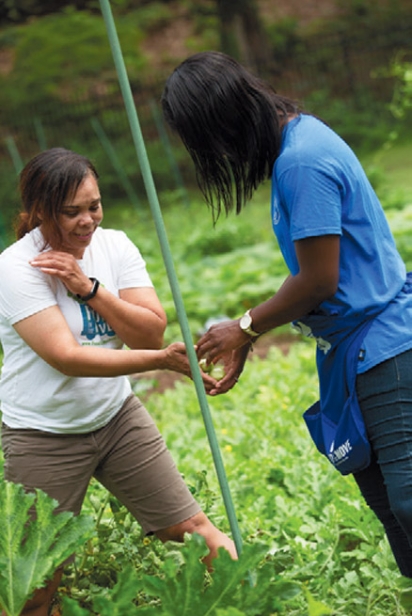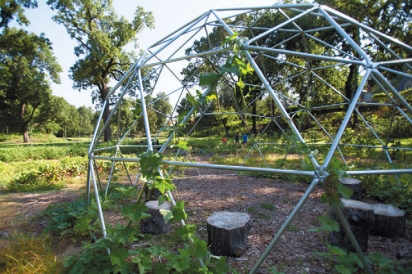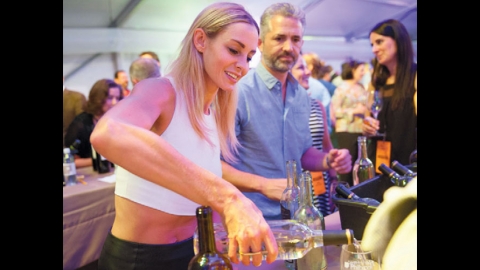Curating Community
Philbrook Museum reaching out to all Tulsans
Follow Crow Creek toward the farthest field on the Philbrook Museum grounds, and a geodesic dome begins to take shape. You’ll spot the dome well before you reach it, a metal frame turned chlorophyll cathedral by vining vegetables and melons in the waning weeks of summer. Continue past the bee yard, tucked behind a fence deep in some overgrowth, to the corner of the floodplain. There you’ll find Philbrook’s 6-month-old edible garden, already 8,000 square feet, with the riveting dome at its nucleus.
I arrive at Philbrook’s staff parking lot at 6:45am, alone except for an intern at her laptop in the maintenance building. It’s the first of August and oddly chilly. I’m shadowing Jack Titchener, the senior horticulturist responsible for getting the edible garden off the ground. Ten minutes later, I’m in a golf cart with Jack and we’re making our way to the garden. We pull up some unwanted beets and place them onto the back of the cart. Jack tills a small area, and we plant heirloom varieties of radish and carrot seeds. He tells me that everybody should be growing radish—you can blindly throw it in any direction and, not too long after, harvest a bumper crop.
I notice tomatoes and squash planted in several different areas of the garden and ask Jack why he didn’t sow them together. He plants them weeks apart, he explains, with a colorful variety on the farthest edge of the garden that will fruit first. This attracts pests to the perimeter, leaving the inner circle to thrive. Jack wants people to enjoy exploring the garden, so he’s continually thinking of creative ways to keep pesticide and herbicide intervention minimal.
The garden is full of staff and volunteers from Food on the Move. The food equity initiative partners with local growers to bring fresh produce and healthy meals to Tulsans with limited access to quality food. They’re making a massive harvest today—pounds of tomatoes, bell peppers, cucumbers and squash. Food on the Move uses nutrition to take aim at injustices like the life expectancy gap of more than 10 years for residents in North versus South Tulsa. According to the Tulsa Health Department, 16.8% of Tulsa County households are food insecure. At 38%, North Tulsa residents are the worst affected, compared with far lower rates in nearby communities.
Philbrook’s partnership with Food on the Move is just one way the museum is expanding its role in the community and inviting visitors to enjoy the grounds in more ways. Long-term plans for the edible garden are already in the works: a pizza oven, a beer garden and living fences are a few ideas on the table. One of the more unique concepts is a late-19th-century cabin designed by celebrated Minnesota artist Karl Unnasch, who is also preserving heirloom seeds for a period-specific landscape. Visitors will be encouraged to picnic, stroll and potentially even stay in the cabin.
As Philbrook’s tradition of exquisite gardens and fine-art galleries continues to evolve, the museum becomes more and more a destination for all Tulsans. Executive Director Scott Stulen put it this way:
“We don’t want it to feel like a country club here—we want it to be a community hub.”
For updates on the edible garden, follow Philbrook Museum of Art on Facebook or @philbrookmuseum on Instagram.


